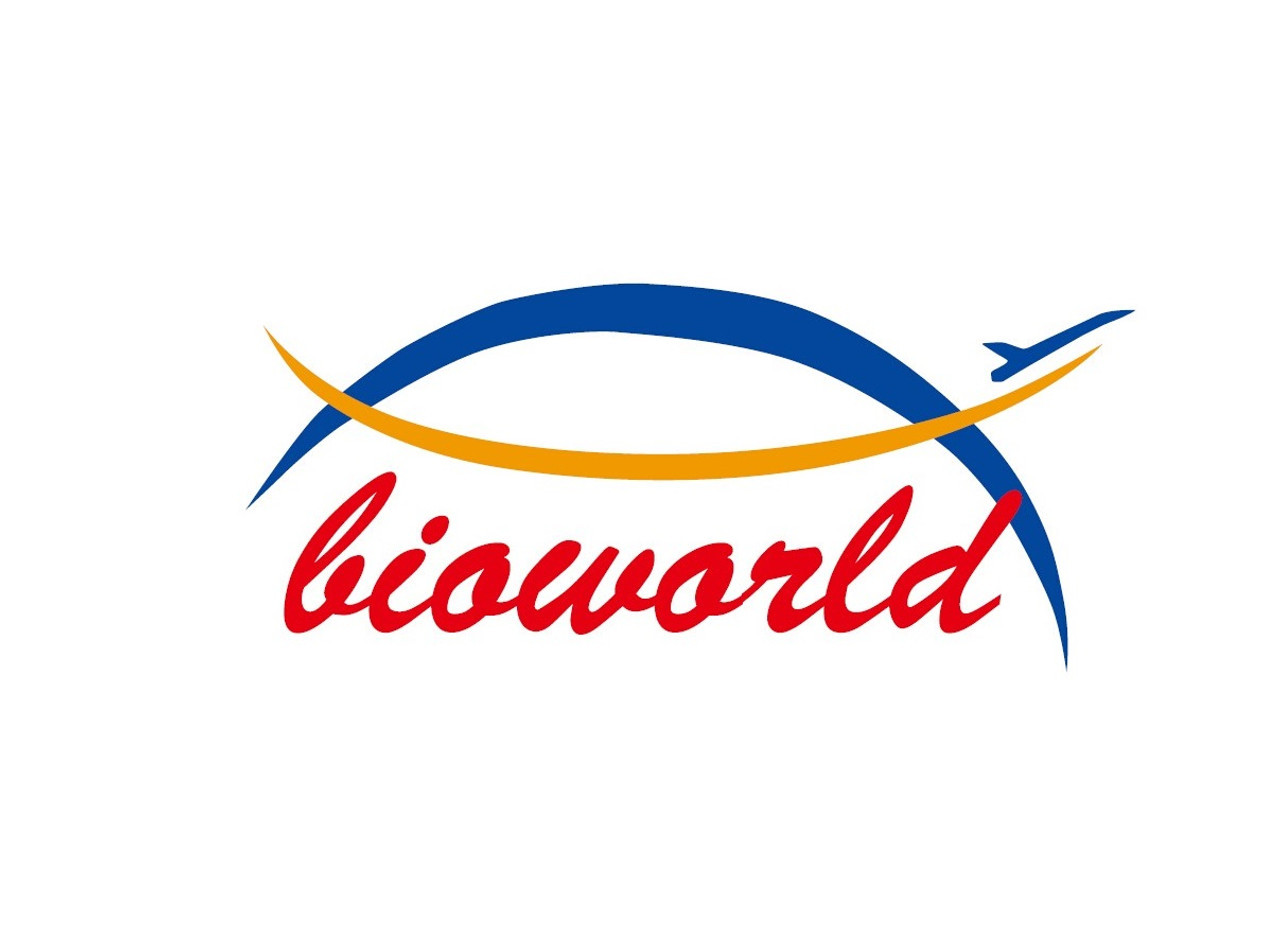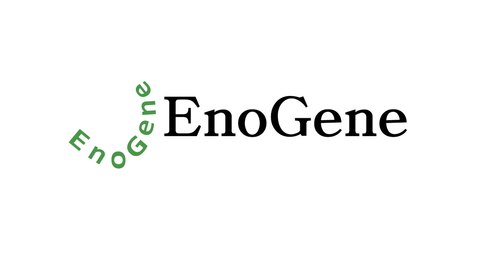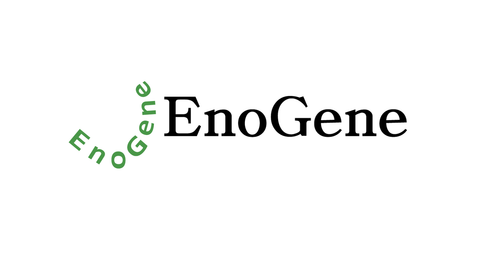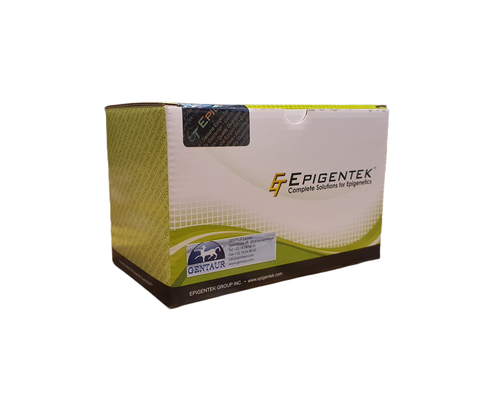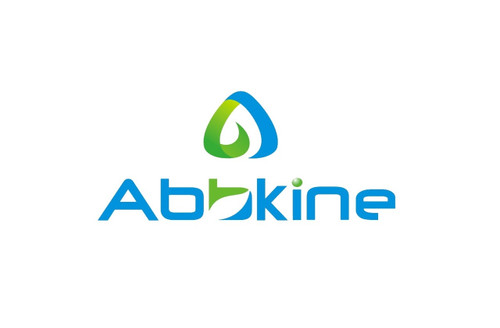Product Description
KEAP1 polyclonal Antibody | BS6783 | Bioworld
Host: Rabbit
Reactivity: Human,Rat
Application: WB IHC IF
Application Range: WB 1:500 - 1:2000 IHC 1:50 - 1:200 IF 1:50 - 1:200
Background: Keap1 (kelch-like ECH-associated protein 1, INrf2, KLHL19) is a stress sensing adaptor for the Cullin3 (Cul3) -dependent E3 ubiquitin ligase complex that negatively regulates Nrf2 (NF-E2-related factor 2) . Steady state proteins are under the influence of the ubiquitin pathway, which consists of ubiquitin activation (E1), conjugation (E2) and ligation (E3) . Keap1 assembles into an E3 ubiquitin ligase complex with Cul3 and Rbx1 and targets lysine residues in the N-terminal Neh2 domain of Nrf2 for ubiquitin conjugation. The Keap1-Nrf2 system mediates cytoprotective gene expression in response to oxidative and/or electrophilic stresses. Keap1 constitutively suppresses Nrf2 activity under unstressed conditions, oxidants or electrophiles provoke the repression of Keap1 activity, inducing Nrf2 activation. Cys 273 and Cys 288 residues of Keap1 are required for suppressing Nrf2 nuclear accumulation. Keap1 sequesters Nrf2 in the cytoplasm through an active Crm1/exportin-dependent nuclear export mechanism.
Storage & Stability: Store at 4°C short term. Aliquot and store at -20°C long term. Avoid freeze-thaw cycles.
Specificity: KEAP1 polyclonal Antibody detects endogenous levels of KEAP1 protein.
Molecular Weight: ~ 70kDa
Note: For research use only, not for use in diagnostic procedure.
Alternative Names: Cytosolic inhibitor of Nrf2; INrf 2; INrf2; Keap 1; KEAP1; KEAP1; Kelch like ECH associated protein 1; Kelch like protein 19; Kelch-like ECH-associated protein 1; Kelch-like protein 19; KIAA0132; KLHL 19; KLHL19; MGC10630; MGC1114; MGC20887; MGC4407; MGC9454;
Immunogen: Recombinant full length Human KEAP1.
Conjugate: Unconjugated
Modification: Unmodification
Purification & Purity: The Antibody was affinity-purified from rabbit antiserum by affinity-chromatography using epitope-specific immunogen and the purity is > 95% (by SDS-PAGE) .
Pathway:
 Euro
Euro
 USD
USD
 British Pound
British Pound
 NULL
NULL

